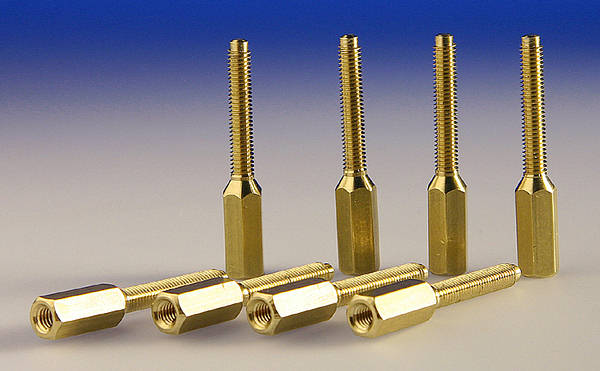- Joined
- 27 Jan 2008
- Messages
- 23,630
- Reaction score
- 2,661
- Location
- Llanfair Caereinion, Nr Welshpool
- Country

I have a mobility scooter, was my late mothers, wife has problem with knees, so would be nice to use some times, realised some thing wrong with batteries, so opened to see what was fitted, so 35 Ah VRLA (AGM) part no UB12350 cheapest I can find £37.92 unless I collect, so not super expensive, but not cheap either.
There was a major problem with the batteries, in they could only be charged on the scooter, however I so no real problem drilling a small hole in the battery outer case, i.e. not the battery, just case that goes around it, and fitting a plug or socket so I can charge as a 12 volt instead of both together as 24 volt.
One battery clearly faulty, casing blown up, other one at the moment on charge, may recover, or may have been damaged when other one failed. But if it does recover can I really use it?
My thoughts are if charged as 12 volt and only used as 24 volt, then maybe, but can't really charge as 24 volt as one battery will end up under charged and other over charged. I have even considered fitting 2 x 7 Ah instead of the blown 35 Ah but since as yet not charged, can't measure current, less than 40 amp as fitted with 40 amp trip.
There was a major problem with the batteries, in they could only be charged on the scooter, however I so no real problem drilling a small hole in the battery outer case, i.e. not the battery, just case that goes around it, and fitting a plug or socket so I can charge as a 12 volt instead of both together as 24 volt.
One battery clearly faulty, casing blown up, other one at the moment on charge, may recover, or may have been damaged when other one failed. But if it does recover can I really use it?
My thoughts are if charged as 12 volt and only used as 24 volt, then maybe, but can't really charge as 24 volt as one battery will end up under charged and other over charged. I have even considered fitting 2 x 7 Ah instead of the blown 35 Ah but since as yet not charged, can't measure current, less than 40 amp as fitted with 40 amp trip.











